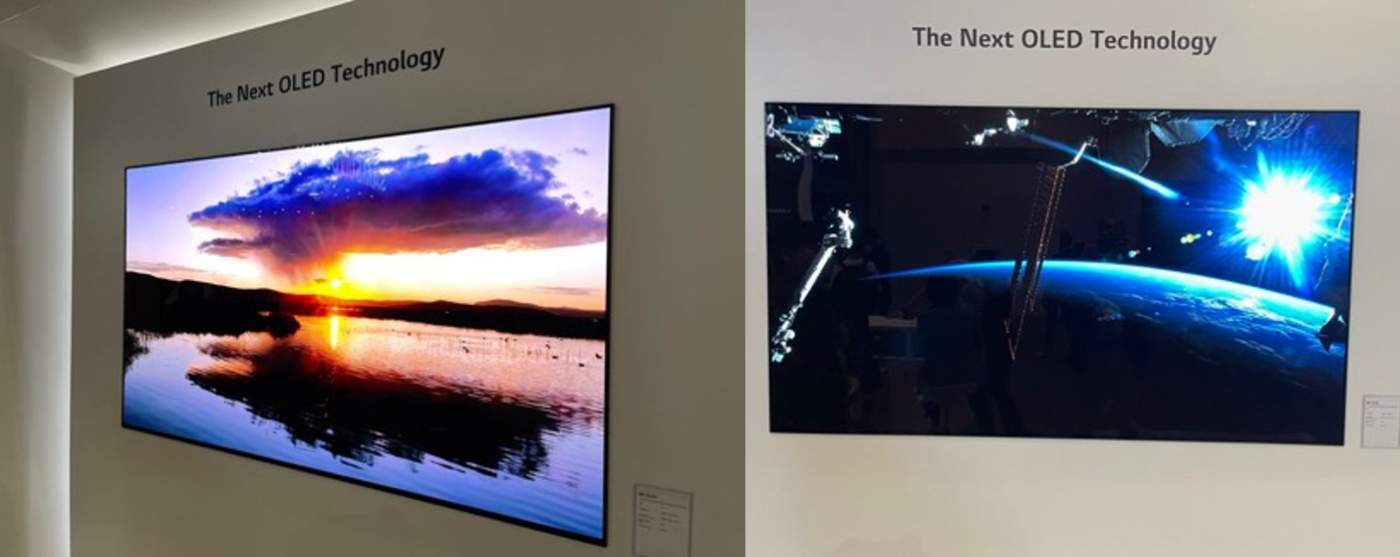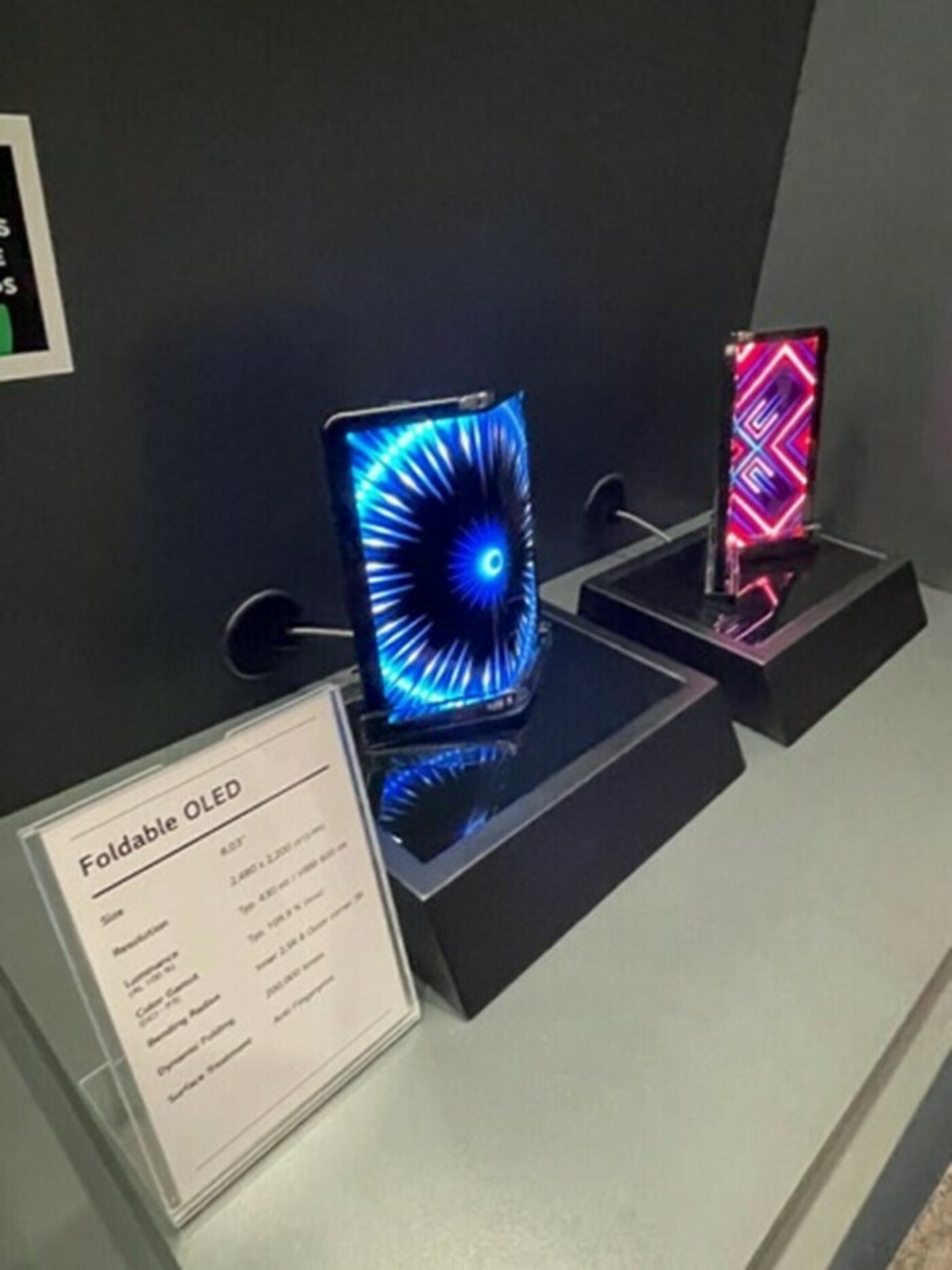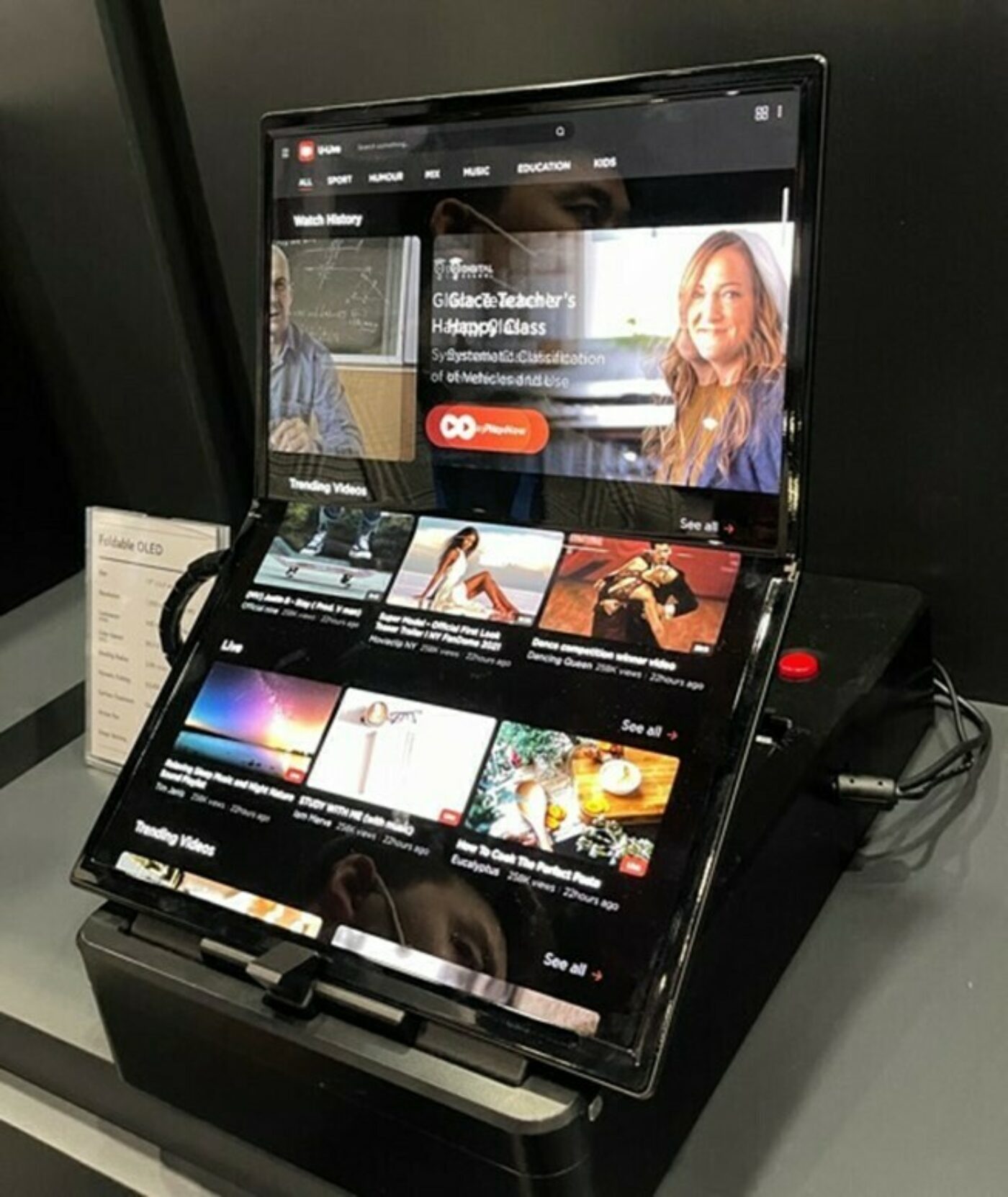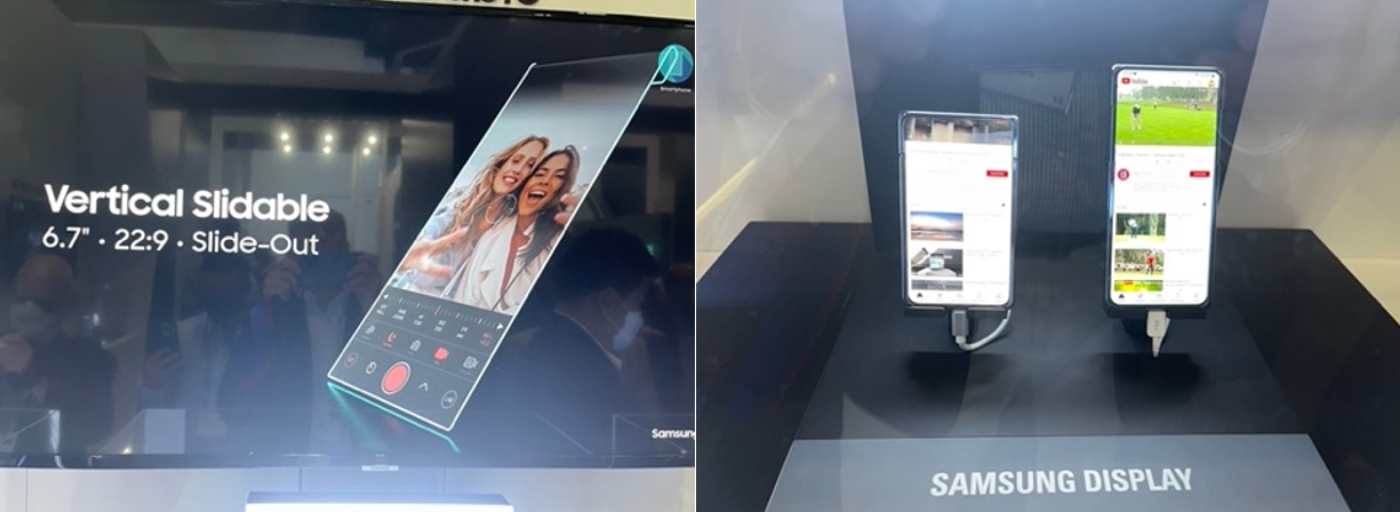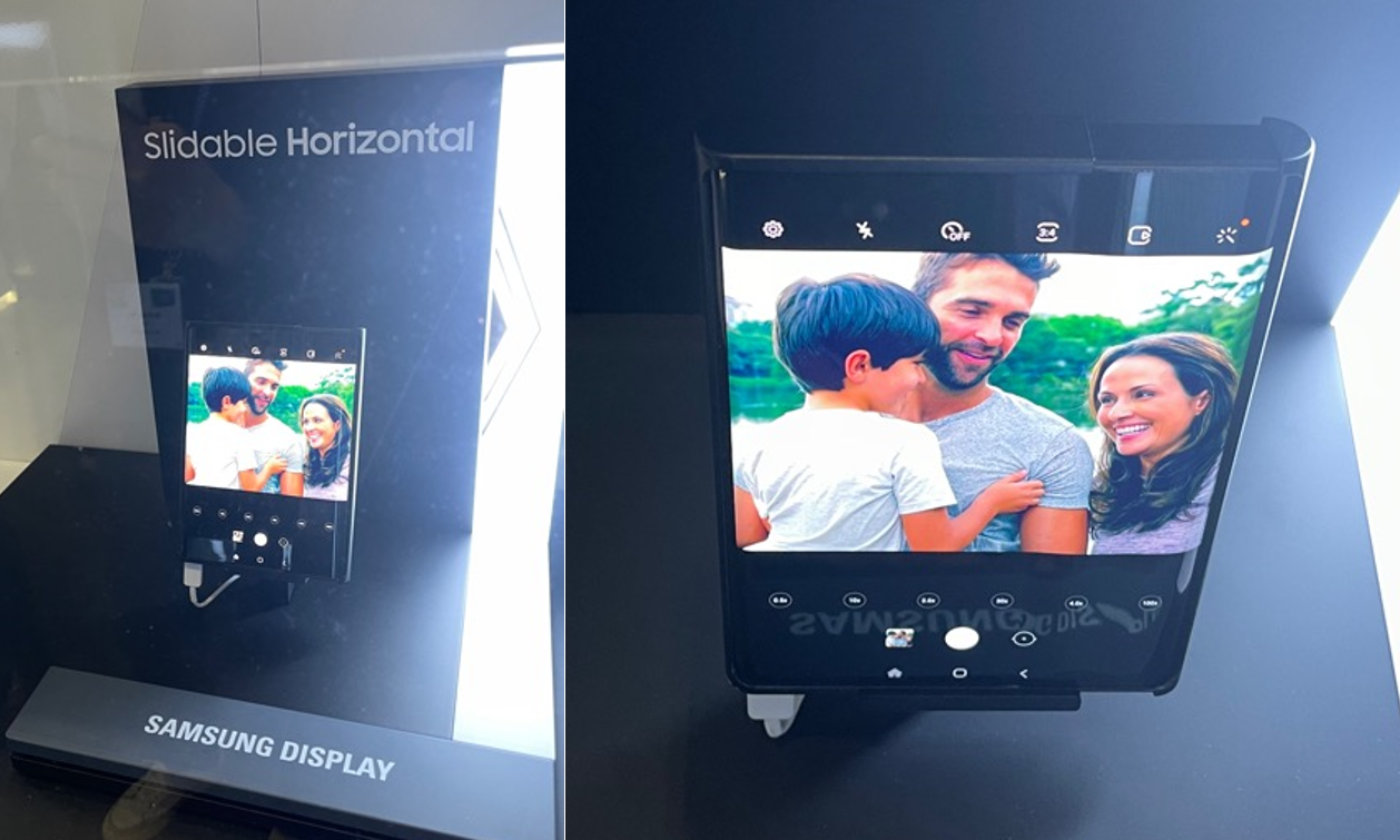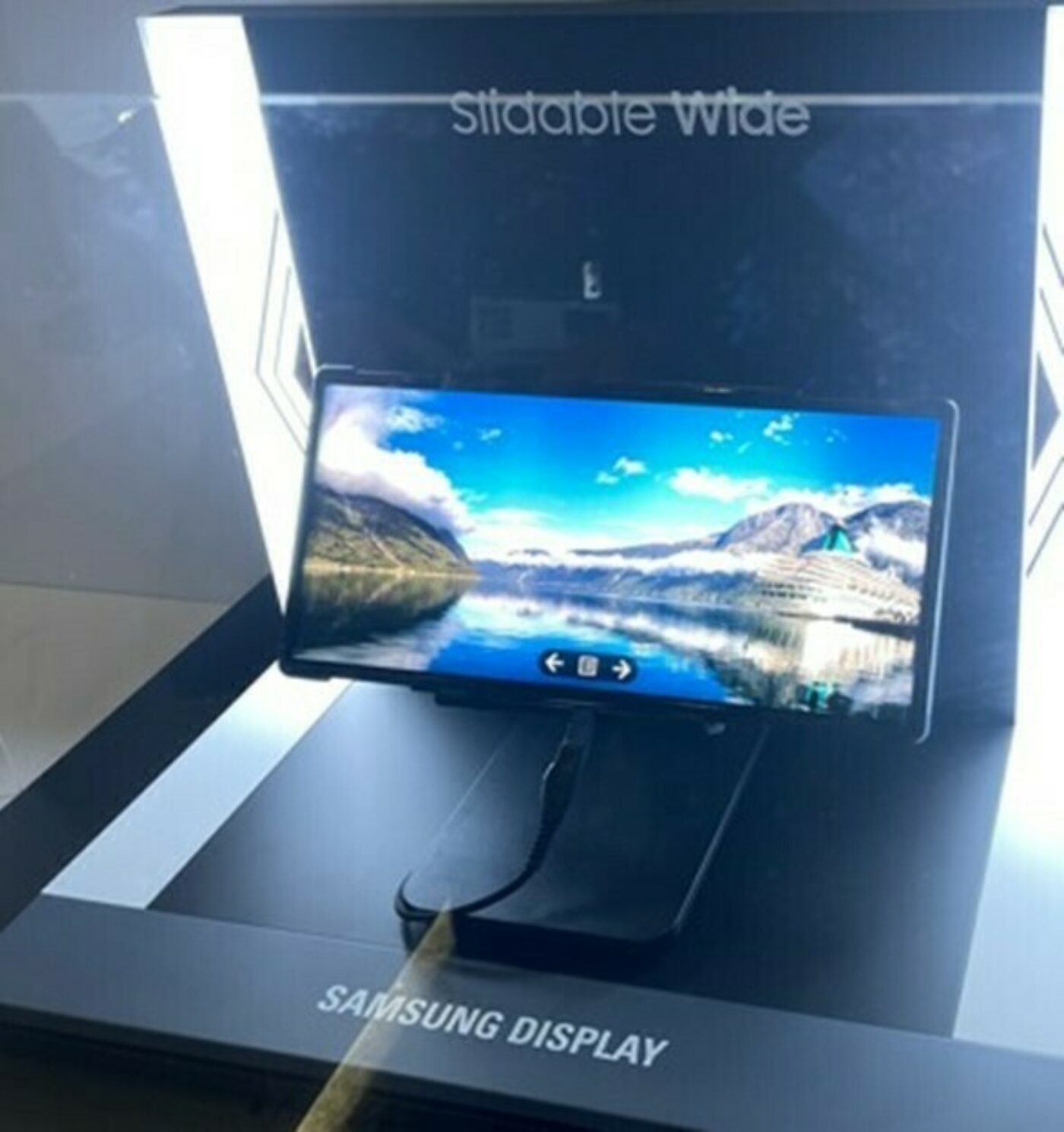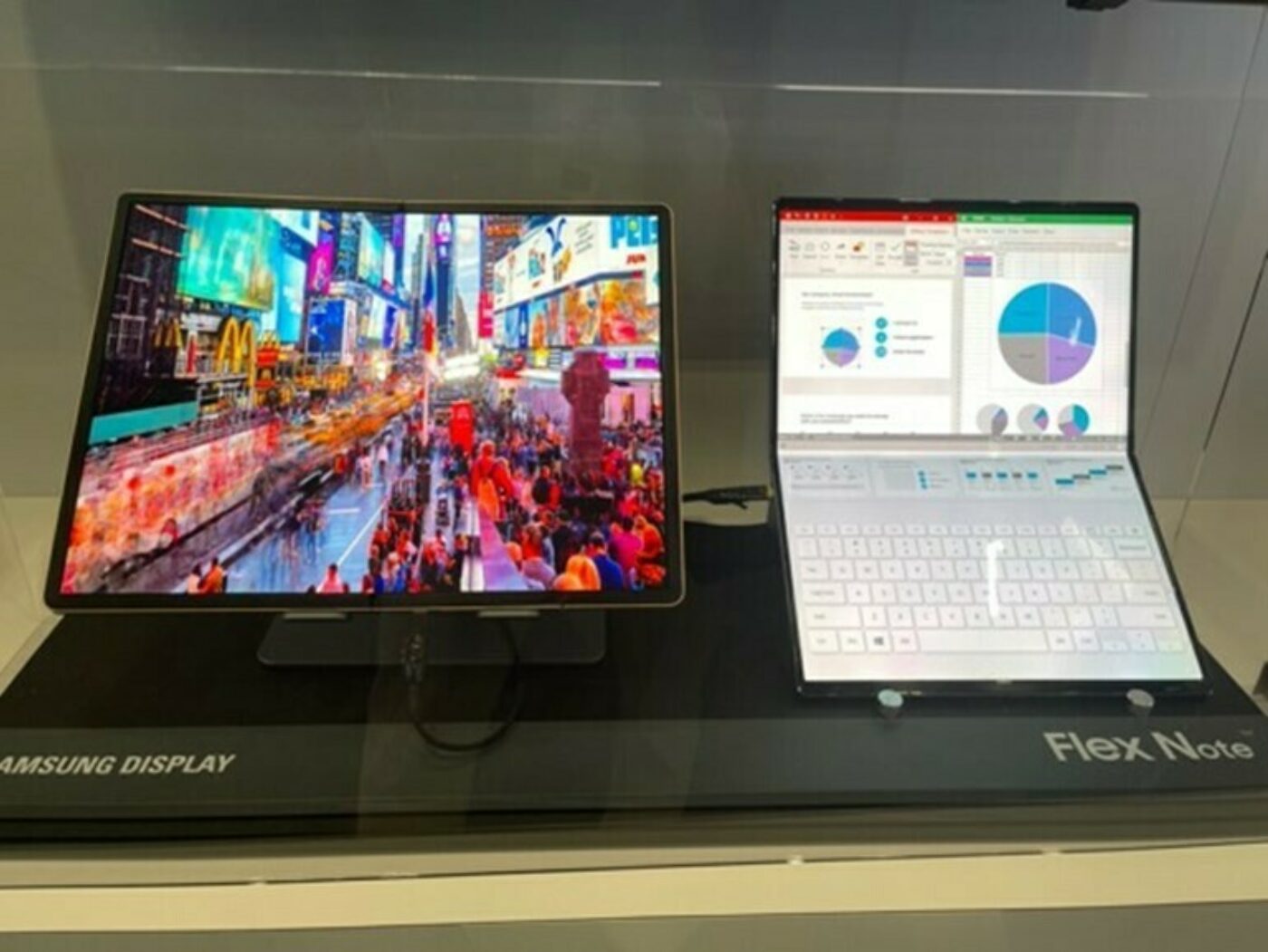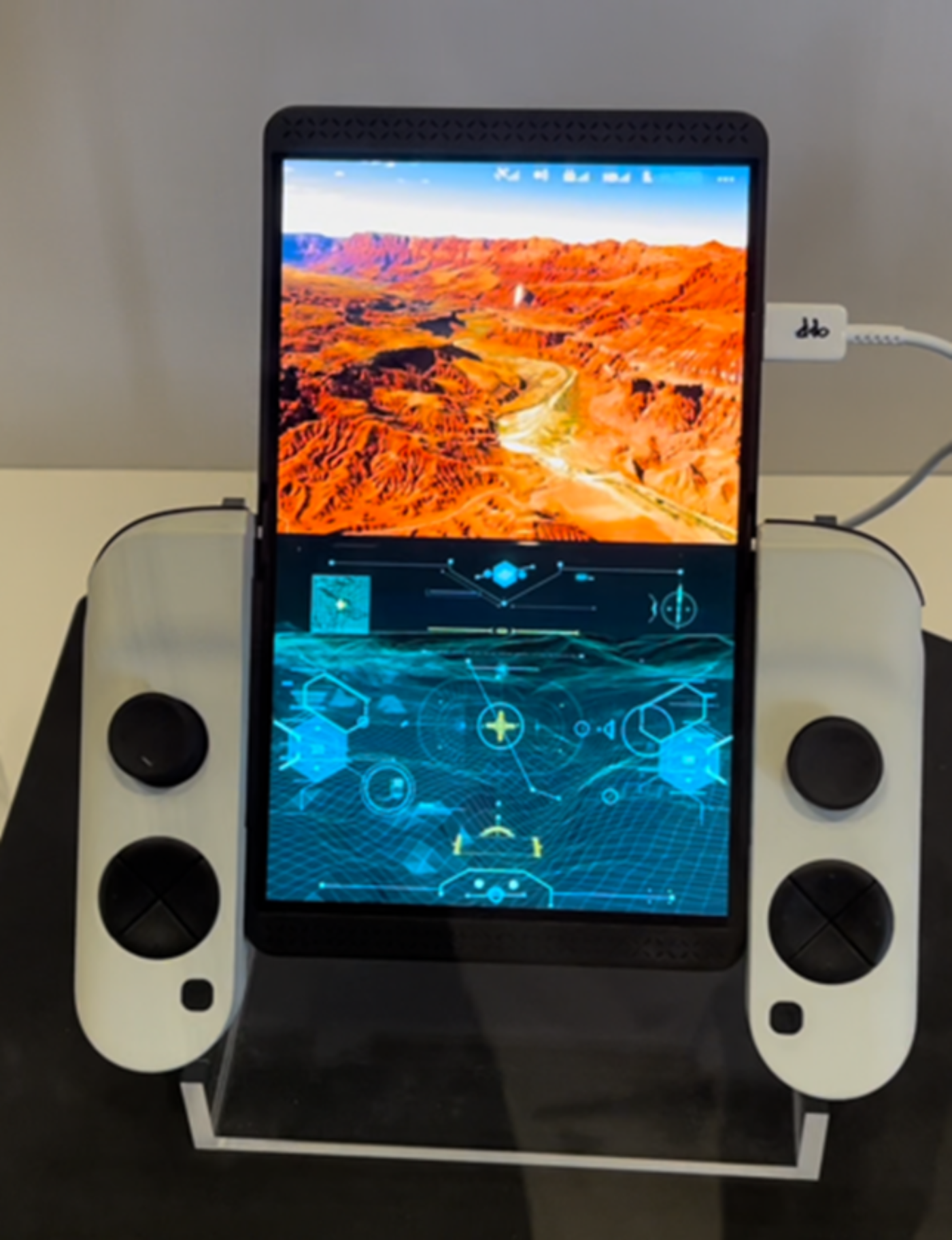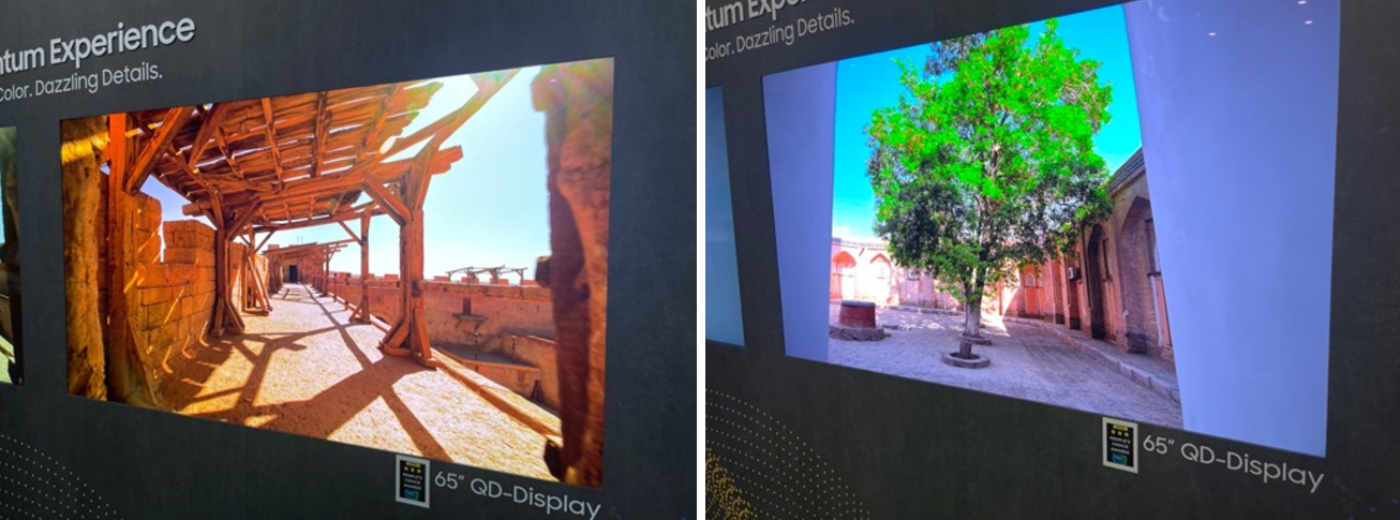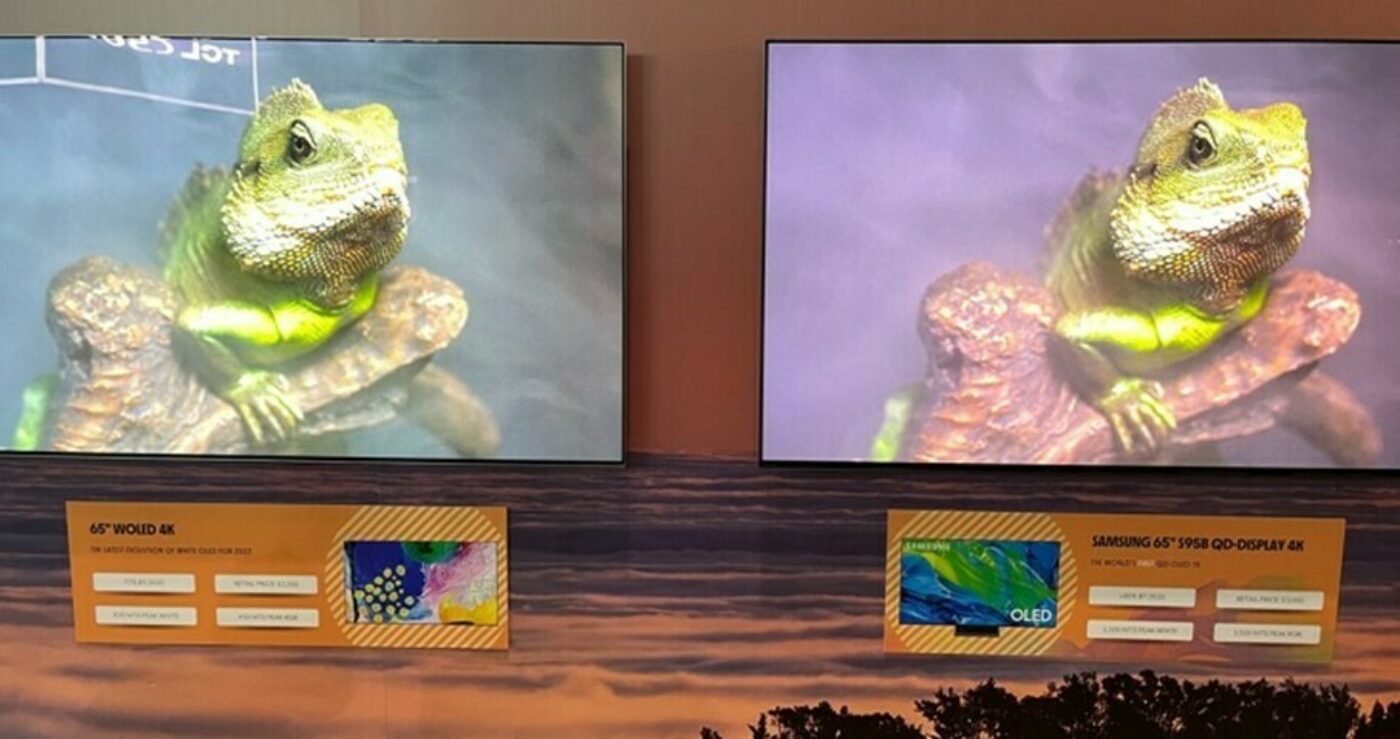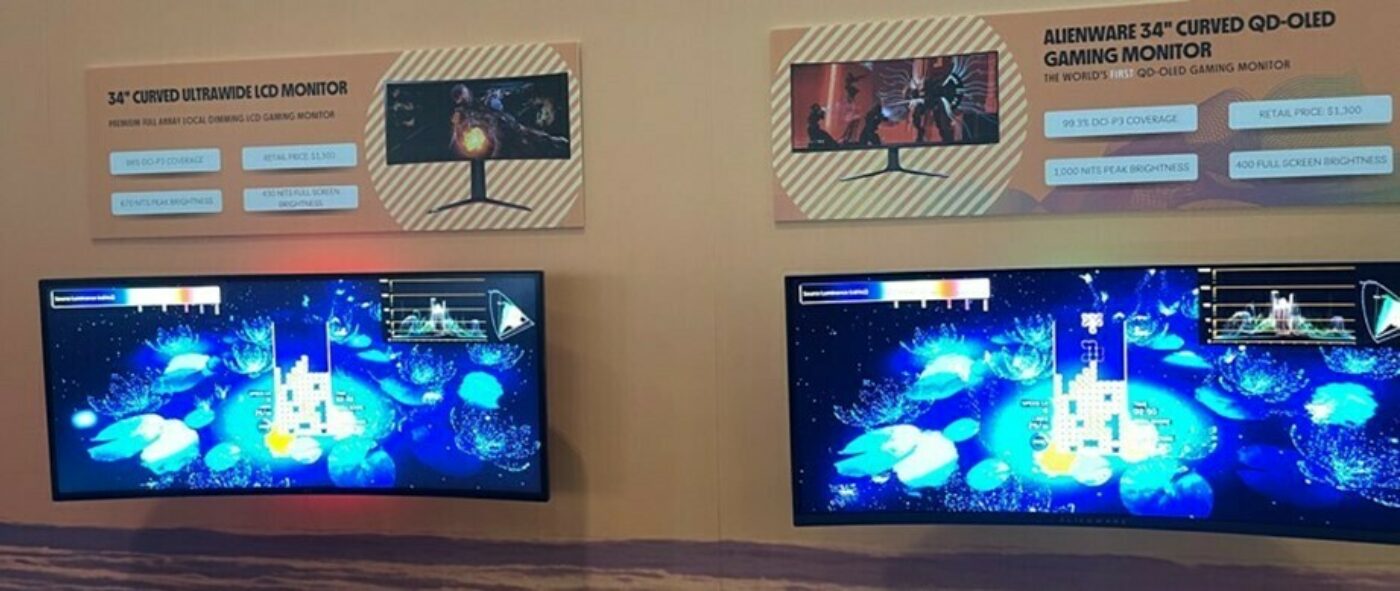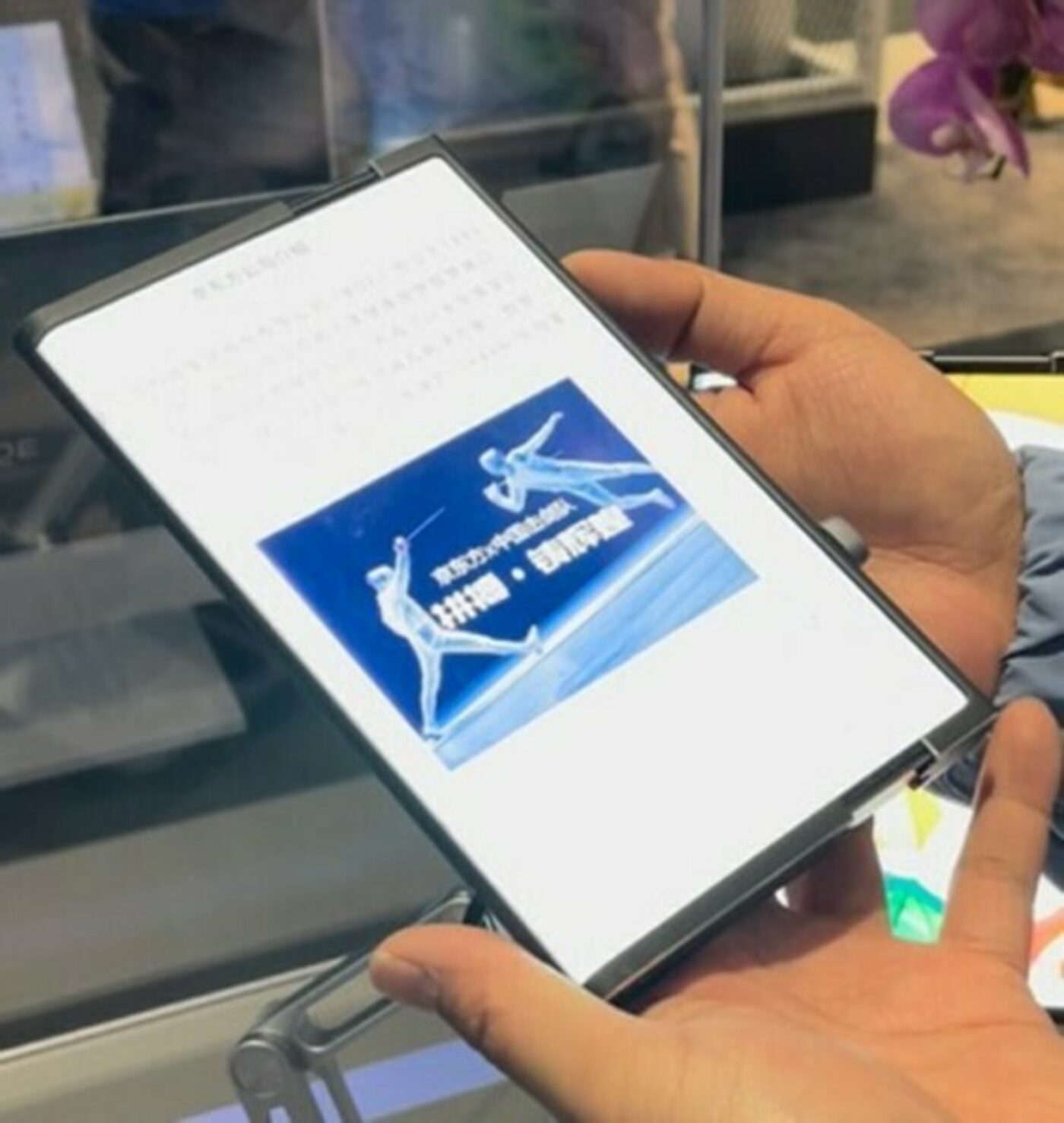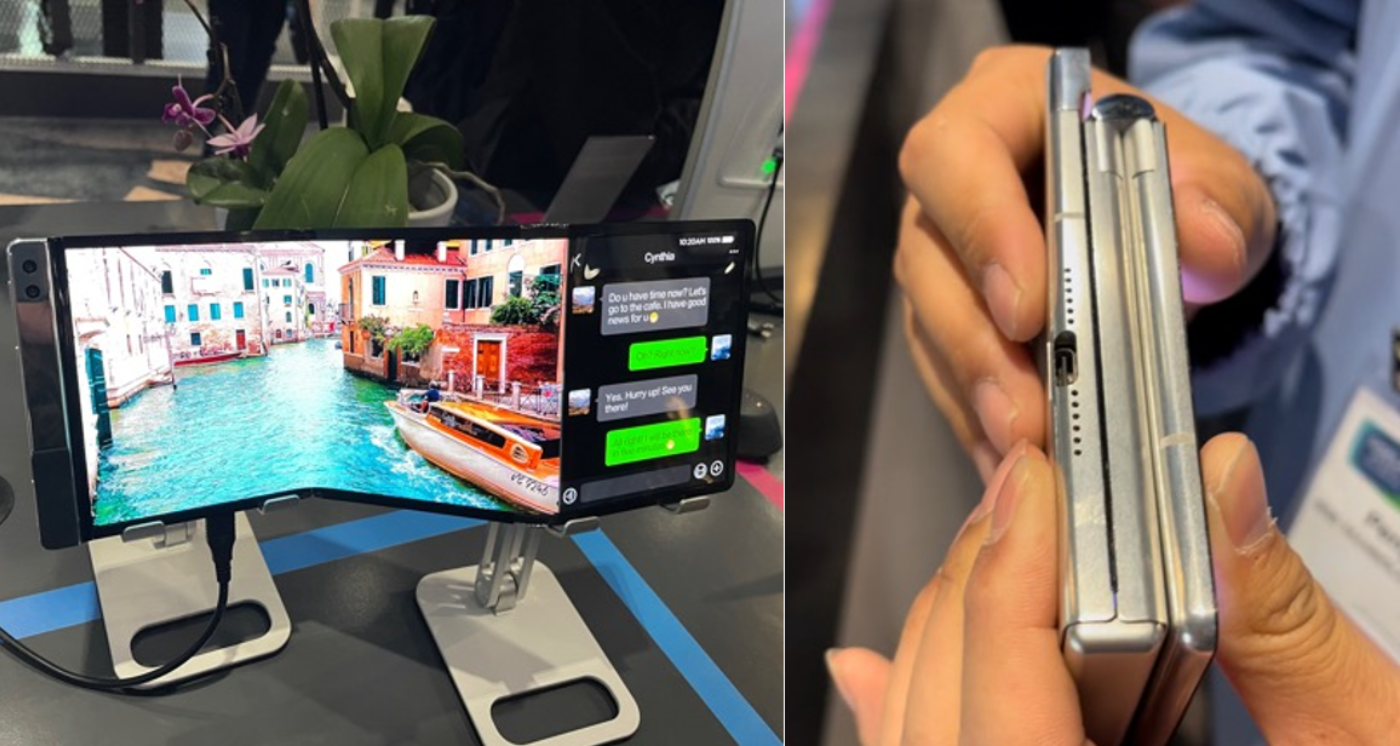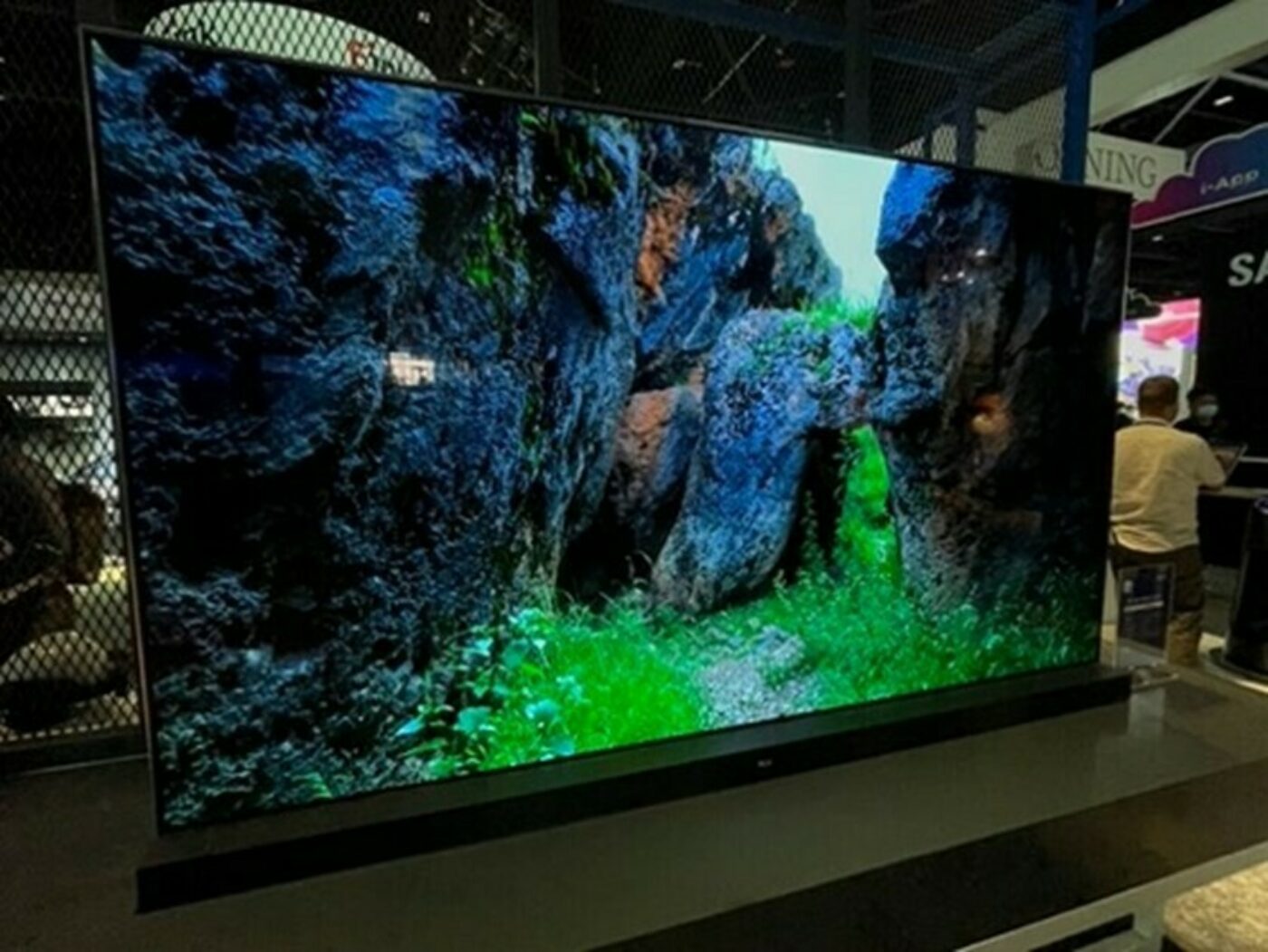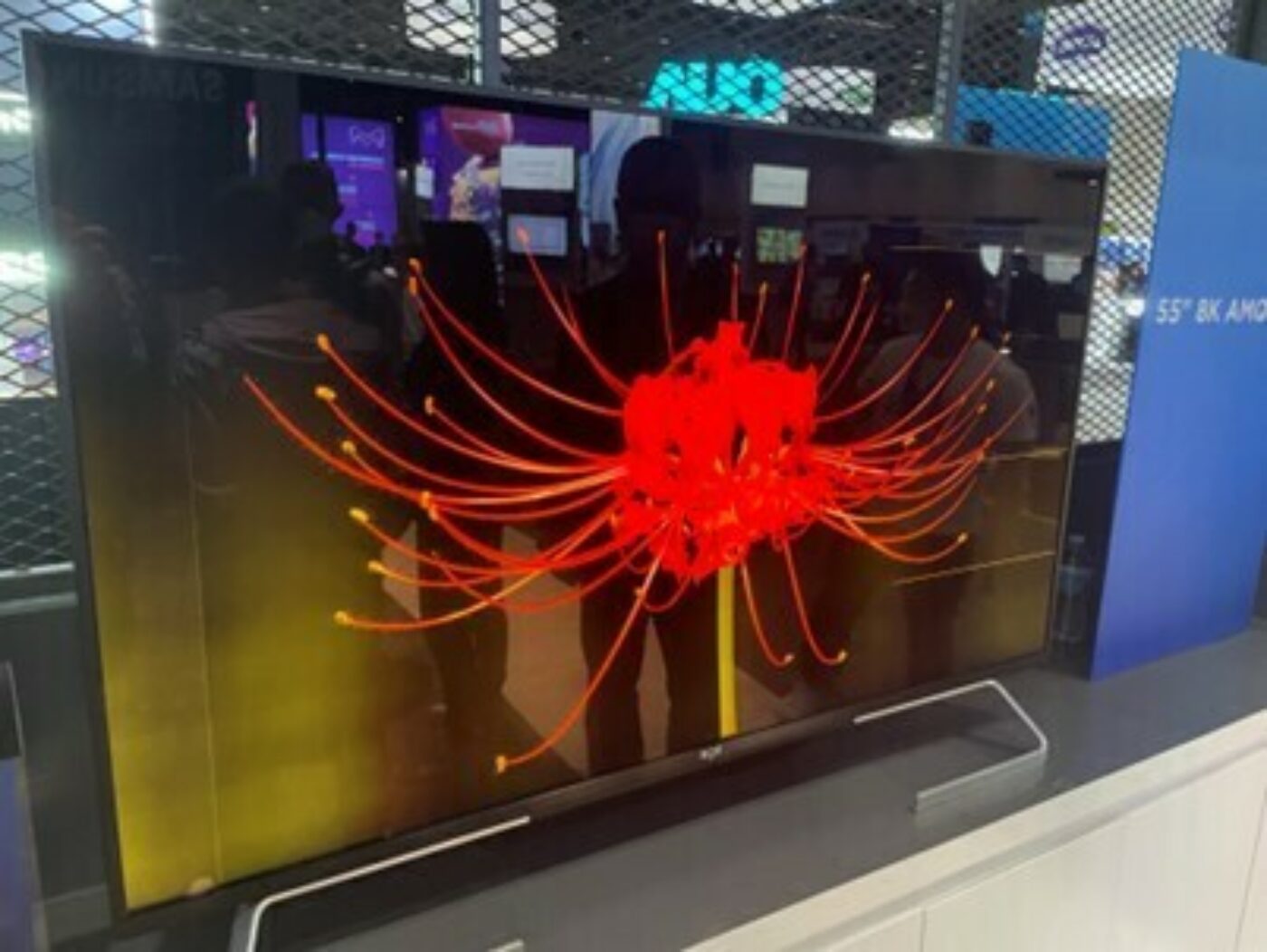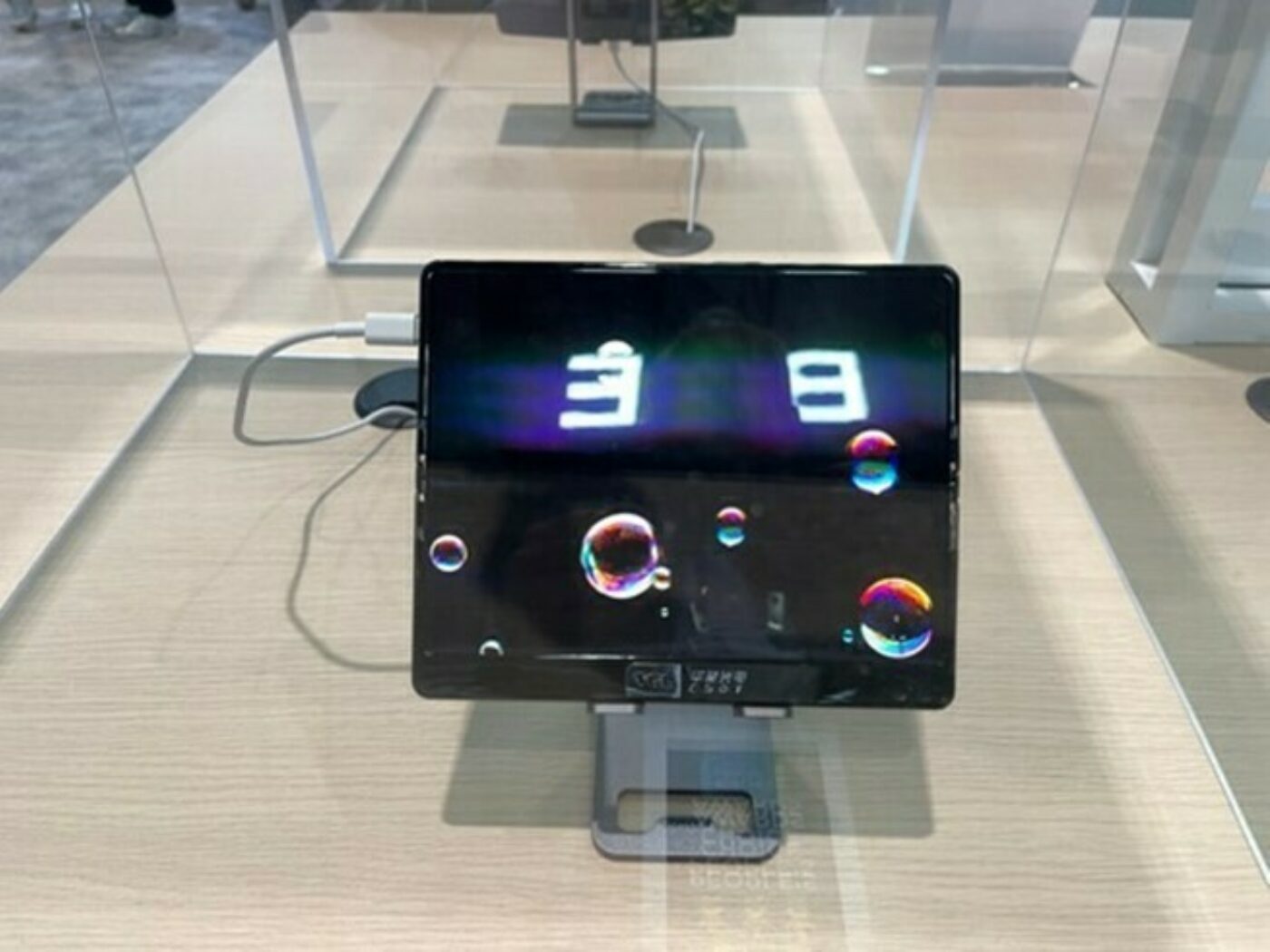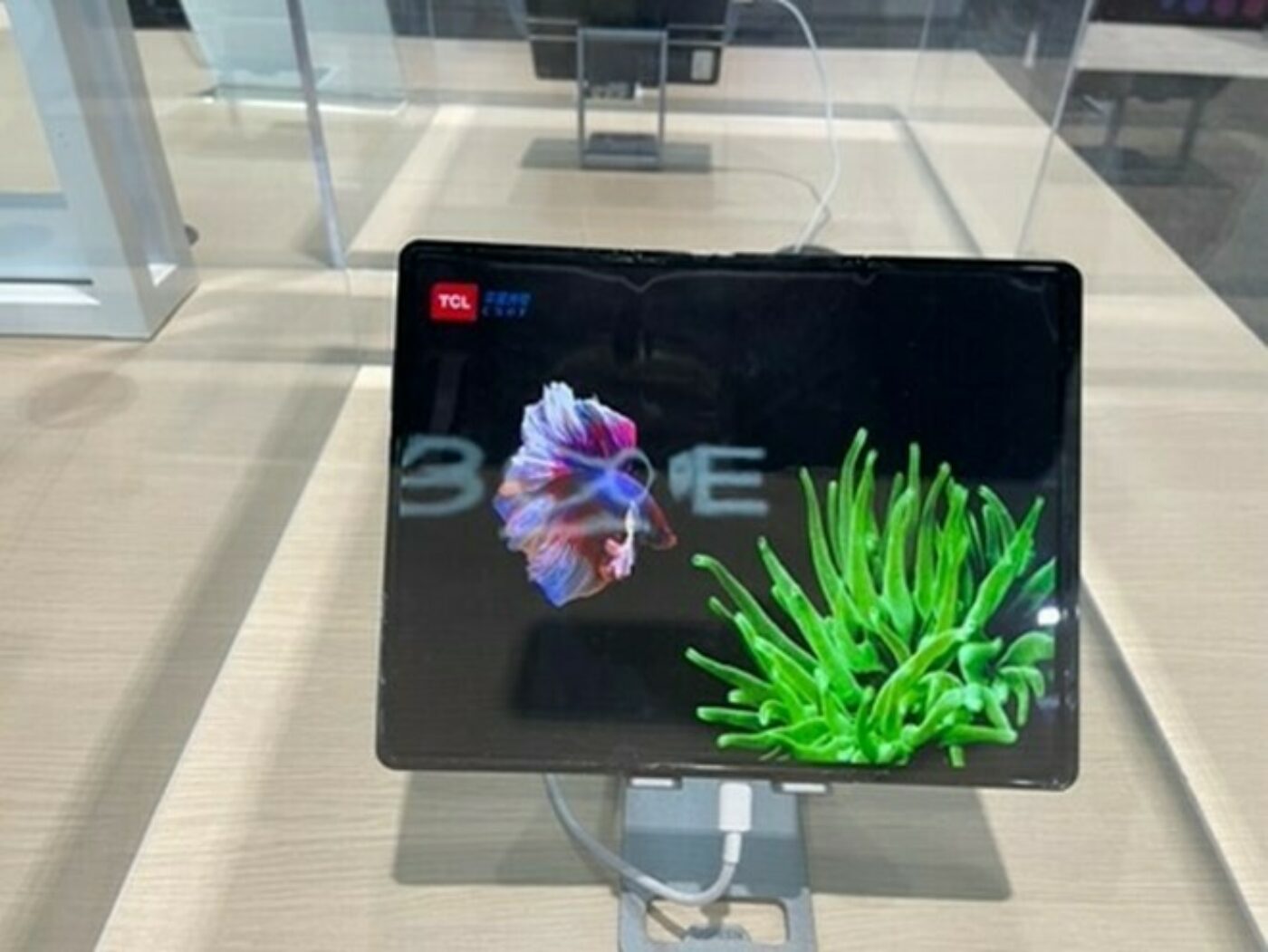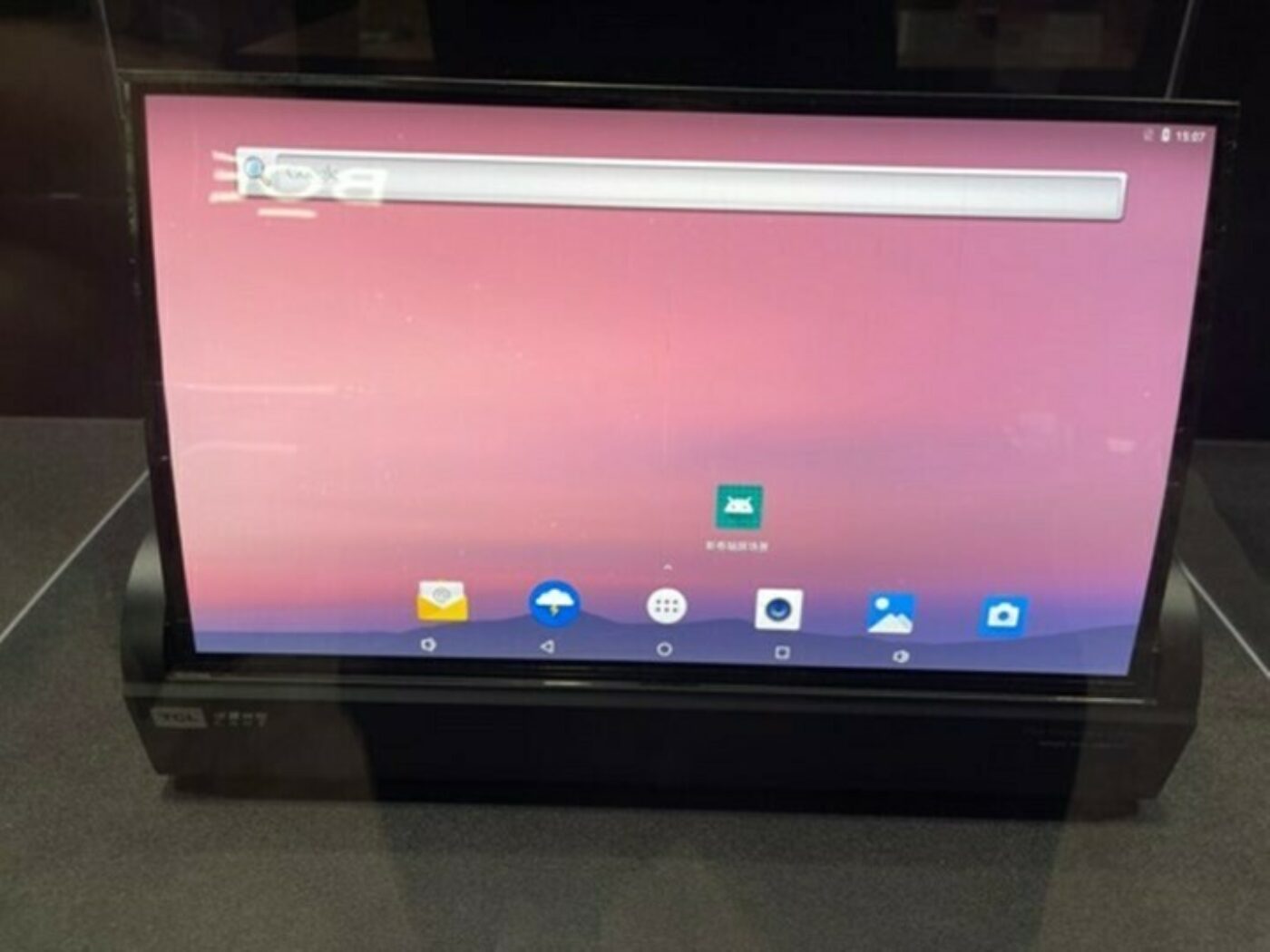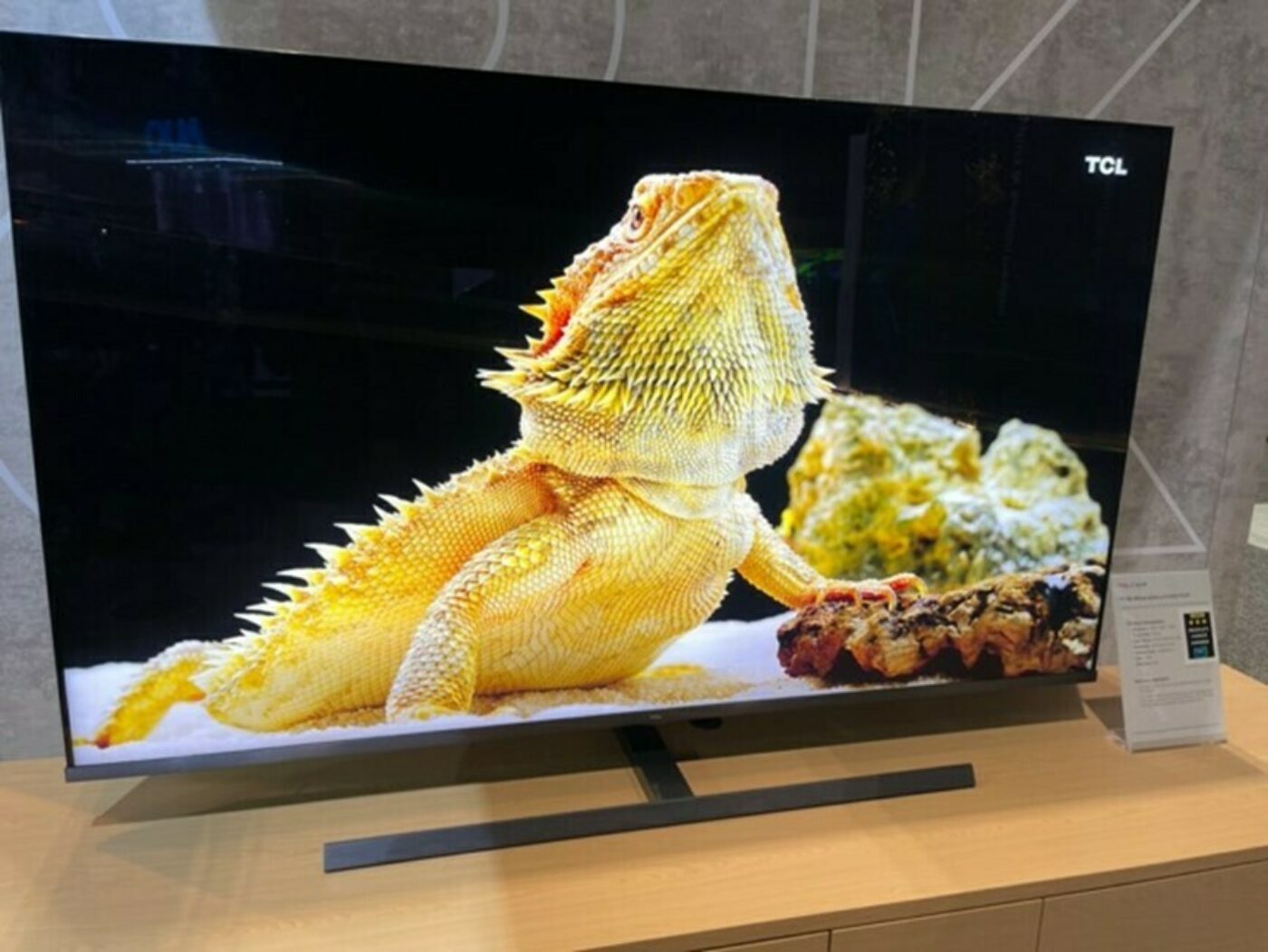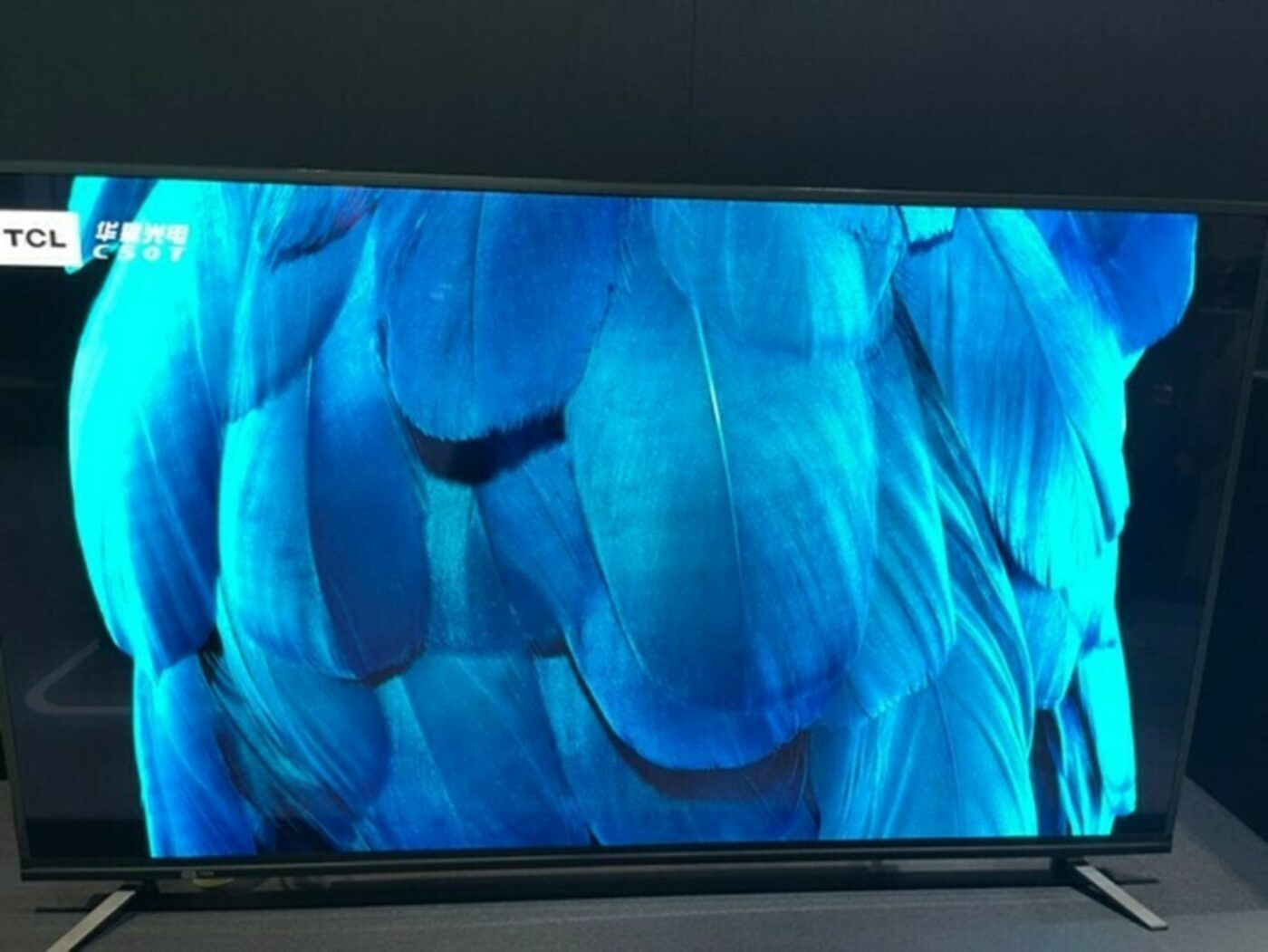SID 2022速報~LGD, SDC, BOE, China Starの展示FPD
In this article, I will share with you some of the highlights of the SID 2022 exhibit from my perspective. I focused on the panel suppliers with BOE, China Star, LGD and SDC having large booths and numerous interesting developments.
[1] LGD
LGD raised the bar on OLED TV brightness by showcasing a 77” 8K 120Hz 99% DCI-P3 OLED TV panel with 2000 nits of brightness at a 3% average picture level, 650 nits at a 25% APL and 250 nits at a 100% APL. LGD did indicate that this panel used a convex lens array layer which boosts brightness around 20% which LGD calls Meta-lit Lens Array (MLA) technology. SDC pioneered Micro Light Control Pattern (MLP) technology on the S21 Ultra and repeated it on the S22 Ultra and LGD’s solution may be similar. The SDC MLP process involves an additional mask for low temperature low refractive materials followed by an IJP deposition of low temperature highly refractive materials which collects light like a convex lens. We are not sure about the remainder of the performance improvement, but perhaps this panel included phosphorescent blue? We will try to find out. It was also rumored that we may see commercial MLA panels from LGD in 2023 as they look to maintain an edge against Samsung’s QD OLED technology.
LGD’s 2000 nit WOLED
I was also impressed at the LGD booth by an 8” foldable demo that had both in-folding and out-folding, what they and others call 360° foldable. What surprised the most about it was that it used ultra thin glass (UTG). Since out-folding requires elongation and glass doesn’t elongate much, there haven’t been any outfolding UTG or 360° devices in the market or demonstrated to date. They even let me fold and unfold it. It was stiff and folded and unfolded slowly, but it did in fact work. When I asked them about this, they indicated that UTG could be out-folded if the bending radius was large enough. This device had an infolding radium of 2.5mm and an out-folding radius of 3mm. The 8.03” device had 2480 x 2200 resolution, similar to many of the Huawei models. It had 430 bits of brightness in standard mode with a 100% average picture level and 600 bits in high brightness mode. The color gamut was an impressive 110%, it had an anti-fingerprint film and it could be folded 200K times.
LGD’s 360° 8” Foldable
LGD also showcased their 17” foldable notebook which is expected to appear in an HP notebook later this year or in early 2023. It featured:
- Size: 17”, 12.3” when folded
- Resolution: 2560 x 1920, 188 PPI
- Luminance: 500 nits, HDR 500
- Color Gamut: 99.5% DCI-P3
- Bending Radius: 3mm
- Dynamic Folding: 50K times
- Surface Treatment: Glare, Anti-fingerprint
- Active Pen: MPP 2.0
- Image Sticking: 3.5% @ 8000 hrs. Macbeth
Very interesting to see an image sticking spec. Will have to learn more about it.
LGD’s 17” Foldable Notebook
[2] Samsung Display (SDC)
In SDC’s booth, there was also an emphasis on foldable as well as rollable.
SDC showcased a vertical slidable for the first time we are aware of. This concept is challenged by a lack of space for the motors and sliding mechanism and it wasn’t operable but should be able to hit lower price points. It uses the same size as the highly popular Z Flip 3, 6.7”, and would scroll down to a more portable 5.1”. The resolution was 2636 x 1080, 22:9 aspect ratio, and it had a 4mm curvature radius.
SDC Vertical Slidable
The horizontal slidable expanded from 6.7” to 7.3” with 2152 x 1536 radius and a 4mm radius.
SDC Horizontal Slidable
They also showcased what they call their Slidable Wide, with extended from 8.1” to 12.4” with a 2520 x 1080 resolution and a 5mm radius.
SDC Wide Slidable
We also got another look at SDC’s 17” foldable notebook, the Flex Note, showed in both a notebook and monitor configuration below:
SDC’s 17” Flex Note
They also showed their S-type and G-type multi-foldables, which we have covered in the past.
SDC’s S-Type and G-Type Multi-Folds
SDC also newly showcased foldable displays as gaming devices, which they called Flex Gaming. Those panels were 7.2” and had 2560 x 1600 resolution with a 1.4mm radius.
7.2” Flex Gaming
Of course, they also promoted their 65” QD Display which we also saw as a finished product, the S95B, in the Nanosys booth compared against the LG G2. Both TVs looked impressive with the S95B showing even better blacks and better color performance, particularly at high brightness levels. They also compared the Dell 34” curved QD-OLED gaming monitor vs. a similarly priced curved ultrawide LCD monitor. Both looked great, with the Dell looking better. The black levels certainly looked better on the OLED.
SDC’s 65” QD Display
Nanosys’s QD-OLED vs. WOLED TV Comparisons – LG G2 vs. Samsung S95B
Nanosys’s QD-OLED vs. WOLED Monitor Comparisons – 34” Curved Ultrawide LCD vs. QD-OLED Monitors
[3] BOE
BOE also showcased foldable and rollable displays as well as WOLED and AM ELQD TV panels and a MiniLED signage display without liquid crystal. They showed a 360° foldable with CPI, a 12.3” multi-fold and an 8” slidable. The 8” slidable had 2592 x 2176 resolution, 4.5mm radius, was 12.4mm thick and slid 34mm.
BOE 8” Slidable
The 12.3” multi-fold looked quite nice, but only had 1920 x 720mm resolution and a relatively large radius, which was crossed out. It had a 20mm radius after folding which needs to come down.
12.3” Multi-Fold
The WOLED they showed was 95”, 120Hz, 8K resolution, with 800 cd/m2 peak brightness and 150 cd/m2 full screen brightness. It had 99% DCI-P3 color gamut and 100K:1 contrast ratio.
BOE’s 95” WOLED 8K TV
The 55” 8K active matrix electroluminescent quantum dot (ELQD) panel wasn’t working by the end of the week which sounds about right given the short blue ELQD lifetimes, but was shown earlier in the week as indicated below. It had an oxide backplane, 1M:1 contrast and 116% NTSC color gamut.
BOE’s 55” AM ELQD TV Panel
[4] China Star
China Star had a large number of demonstrations, most of which represented cutting edge display technology.
Regarding mobile displays, China Star showcased:
- 8” 2480 x 1860 360° foldable without a polarizer. It uses color on encapsulation which China Star branded PLP and can withstand at least 100K folds. It had 1.5mm infolding radius and 6mm outfolding radius. China Star claimed their IP on the 360° hinge minimized the stress on the screen. The display was 60Hz with 600K:1 contrast ratio and they claimed 400H of life with a W Pattern. It was also active pen compatible.
8” 360° POL-LESS Foldable
- 10.1” Dual In-Folding Screen
- 2890 x 2160 dual in-folding (G-type), 18mm set thickness through ultra weight, ultra thin design. The hinge stops anywhere between 30 and 150 degrees. Folds more than 200K times and has a folding radius of 1.75mm on one side and 2.6mm on the other. It uses a CSOT proprietary self-rotating spindle.
- First hinge is water drop shape; the other is U-shaped then water drop deployment.
- Applications include phone, tablets and notebook, three-in-one multi-format transition depending on the scenario.
China Star’s 10.1” Dual In-Folding Design
- 14” rollable IJP OLED which features 1920 x 1080 resolution, 60Hz refresh, 99% DCI-P3 color gamut, 6500 color temperature, 200 nits, 20mm radius, 100K contrast ratio and 100K rollable life.
14” Rollable RGB IJP OLED
- 8.01” 2480 x 1680 387 PPI in-folding display seen on the Xiaomi Mix Fold which also had a 6.52” 2520 x 840 cover display. The refresh rate was 60Hz on the foldable display and 90Hz on cover display. The touch sampling rate was 120Hz and there was a light sensor under the screen. The high brightness mode and peak brightness on the main display were 600 and 900 cd/m2 and it reached 100% DCI-P3. The cover display reached 700 cd/m2 in high brightness mode and 900 cd/m2 in peak brightness. It also had 100% DCI-P3.
- Under panel camera from the Mi Mix 4. 6.67”, 2400 x 1080, 120Hz, 395 PPI, 480 Hz touch sampling rate. The UPC area is only 0.2cm or 0.2% of the whole screen, offering excellence transmittance and screen to body ratio.
For TVs, China Star showcased:
- 4 Mask 75” 8K 120Hz a-Si TFT LCD with 1G1D and MiniLED. Features 105% NTSC through blue miniLEDs with quantum dots. 1000 nits of peak brightness and >1M:1 contrast and 5184 zones. Glass based miniLED backplane.
4-Mask 75” 8K 120Hz MiniLED
- 65” 8K RGB IJP OLED with 60Hz refresh rate, 99% DCI-P3 color gamut and 1M:1 contrast ratio. Full screen brightness of 150 nits and 600 nits of peak brightness.
65” 8K RGB IJP OLED

